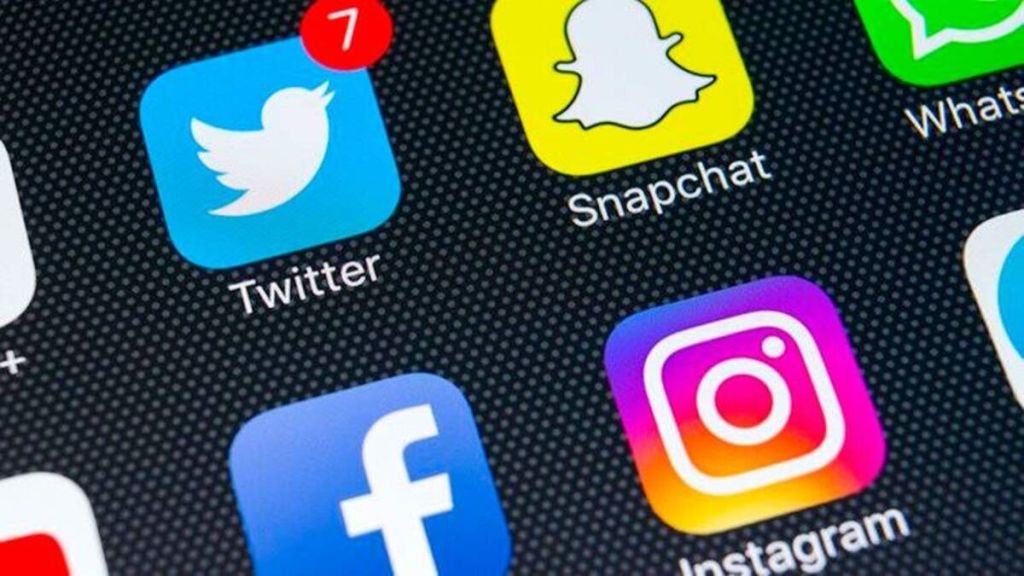Amid the bustling courts of Delhi, Manu Bhardwaj isn’t just slinging legalese, he’s slinging jokes. This lawyer-turned-comedian has a dream: to take his unique brand of legal humor and storm the content creation world. With over 7,000 followers, he’s what one would call a fledgling artiste on Meta’s Instagram, but he expects the platform’s new tool — the Creator Marketplace, a “digital bazaar” of sorts — to help him get noticed and grow.
The platform this week decided to extend this Marketplace to eight countries including India, to weave connections between Indian creators and the brands yearning to tap into their magic.
So how does the platform work? “Instagram’s Creator Marketplace operates as a platform where creators and brands can connect directly. Creators sign up on the marketplace, allowing brands to reach out for collaborations, and vice versa, eliminating the need for intermediaries like agencies,” says Vaibhav Gupta, co-founder & CPO, KlugKlug.
Brands can join Instagram’s Creator Marketplace in Meta Business Suite; creators join from their professional dashboard in the Instagram app. The latter can indicate brands and interests that are relevant to them, and also create a portfolio to highlight what makes them unique.
Gupta says the marketplace’s advantages are manifold — first, it offers the advantage of accessing a diverse pool of influencers, including emerging and micro-influencers who may not be easily reachable otherwise. Second, it provides transparency in interactions, enabling brands to negotiate costs and collaborate efficiently. For creators, especially those who are new, the marketplace opens up opportunities to monetise content and establish partnerships with brands, he says.
The potential in the space is already huge. The video advertising market stands at Rs 15,000 crore. The short video format constitutes 15-20% of this, says Karan Taurani, senior vice-president at Elara Capital. The influencer marketing industry is about `3,500 crore, he adds. Meanwhile, audience interest in the format is only surging, with more than 2 billion reels shared every day.
There are still some hurdles in the way. For creators, competition intensifies as more people get noticed on the platform. Negotiating fair compensation is another hurdle. The marketplace’s performance in the US doesn’t inspire much confidence due to the existence of many similar platforms.
For brands, determining the return on investment takes sophisticated tools that some might lack and thus it can be difficult to understand what works and what doesn’t. That apart, changes in Instagram’s algorithm can affect the exposure of influencer content, impacting campaign results, says Sujay Chakraborty, co-founder & COO, Buffalo Soldiers.
What about influencer marketing agencies? Does the creation of such a marketplace sound a death knell for them? Chakraborty disagrees. “This will not affect influencer agencies that are keeping data at the core of their business.” The biggest problem in influencer marketing is fraud detection. Are the followers real? “The Marketplace will bring about transparency in a proverbial black box market when it comes to the value of a certain influencer. In coming times, the practice of some influencer marketing agencies of recommending profiles with fake followers will be caught more frequently if the brands are vigilant enough to check the Marketplace,” he adds.
The verdict for now is clear: there is a lot that needs to be figurerd before an influencer is onboarded; so many would want like to engage agencies in an advisory role.


